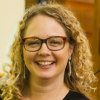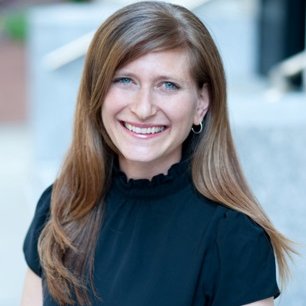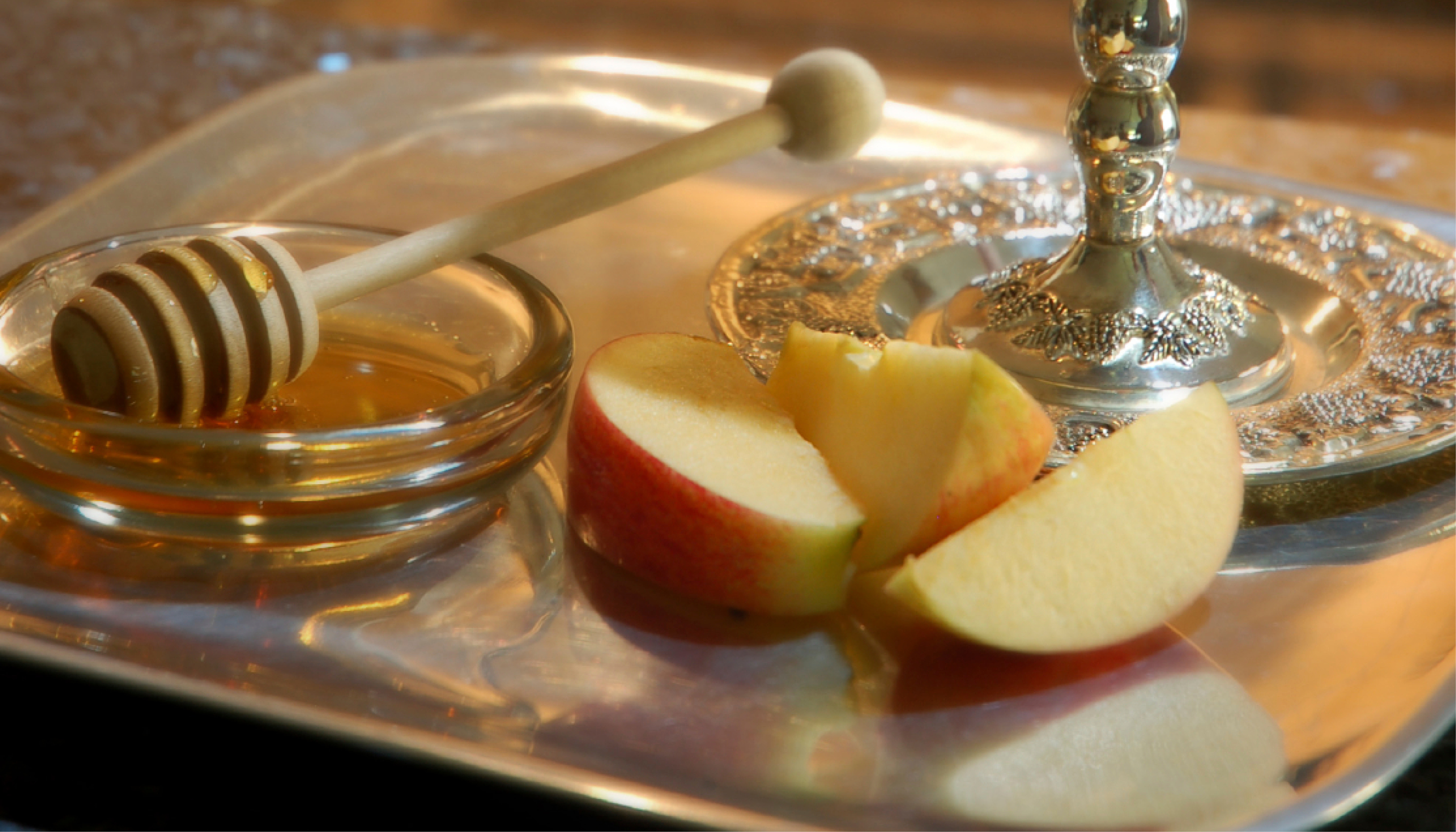
We were thrilled to read the recent article by Lisa Colton, Tobin Marcus, and Felicia Herman, highlighting recent research into ways participation and engagement in the High Holidays of 2020 might provide insight into engagement in general. We have been given a gift in the form of research and data, helping us to understand individual motivations, impact, and meaning.
Our aim here is to examine the implications of these lessons for congregations in particular, as well as to demonstrate ways that the principles elucidated by the authors were already beginning to gain traction among our congregational leaders.
1. Having Just the Right Fit
One of the highlighted lessons was the need for a diverse marketplace of options. What follows from this lesson is the design principle that “people are looking for a ‘just right fit,’ not a ‘one size fits all” approach.
One of the challenges and opportunities for congregations is that they currently engage five generations under one roof, the classic cradle to grave arc of life. In many ways, it is the perfect platform to experiment with “just right fit.” It’s why hundreds of congregations of all sizes will have multiple offerings on the High Holidays – something for families with older kids, something for families with little kids, and something for young professionals. But “just the right fit” is not simply about demographics. It is also about finding the particular access point that has appeal. It’s why some congregations will have mitzvah opportunities around the holidays, study sessions for those who want to dive into text, or moments for prayer and meditation.
But even more, we also want to say the following to congregational leaders: Find the “just right fit” for you. None of us are well-resourced enough to offer every opportunity imaginable, nor can we be good at all of it. If there is a great opportunity for young professionals at the congregation in the next neighborhood over and it’s not something you have really done, it is okay to let it go. Excel at what you are great at. It might be that you are THE place for a particular type of musical experience. It might be that the investment your congregation has made in engaging baby boomers and empty nesters is reaping rewards. Figure out what your gift is and offer it as well as you can, instead of trying to be everything to everyone.
2. Providing Diverse Experiences
The authors also lift up the “diversity of valid ways to mark the holidays.” In other words, there was a recognition by infrequent observers that there is no longer a binary between worship services and doing nothing, but that there are multiple ways to access the beauty and majesty of this moment in the Jewish cycle of time.
Much of this diversity was provided by our congregations. We saw some take the shofar to local street corners and organize shofar sounding opportunities. Congregations organized food delivery packages for every single member family. Others allowed socially distanced time in front of the ark, or even offered opportunities for people to have the Torah in their own homes. Some congregations prepared Spotify playlists and provided ideas and opportunities to engage in the themes of the holidays through family time in the home.
Last year, the URJ released the Reflection Project, a tool for the High Holidays outlining three signature experiences. Thanks to a gift from the Righteous Persons Foundation, each experience was an opportunity for folks to connect to their spirituality at a time and place that best fits their needs. By laying out three very different experiences (along with a highlight reel of other possibilities), we helped to expand the mindset that there is only “one right way” to mark these holy days.
The lesson here: as we move back into our buildings, consider which of the ideas implemented last year should continue because they offer a variety of access points.
3. Reducing Entry Barriers
The authors point out the impact of lowering “real and perceived barriers to entry.” While this could lead to a discussion of how to finance High Holidays without charging, it is important to note that the authors offer a different set of barriers to consider. These non-financial barriers are related to the fear and anxiety that is often present for infrequent observers. How do we create opportunities that reduce those fears and in contrast, elevate the feelings of joy and renewal? These are the barriers that we should focus on in the coming years.
Now that we have this data, what would it look like if we were to design all of our experiences, High Holiday or not, taking these barriers into account? Key to success is beginning the work at a different starting point. Instead of asking “how can we make the high holidays we’ve always done more appealing and less intimidating,” we should start with a cleaner slate and get to the essence of what these holidays represent for those both frequent and infrequent observers. Once we know that, then we can imagine designing new rituals and meaning making vehicles that may look very different from a standard three-hour worship service at the Jewish New Year.
4. Enhancing a Sense of Belonging
The last lesson we want to touch upon has to do with the role that connections and relationships played in having infrequent observers engage in the High Holiday experiences of 2020. As the authors point out, peer engagement and promotion was a catalyst for many of the surveyed participants.
There is a lesson here too for congregations, particularly in activating and mobilizing their most engaged members. In addition to thinking about the sermons, and the music, are we also building into our roll-out of the High Holidays a promotion and engagement strategy for our most engaged congregants to cheerlead? What would it look like if we asked our top 50 members to commit to inviting 1-2 friends to join them? This would not be a general call out in the weekly email or on Facebook, but a real campaign, looking at the various demographics in the congregation.
With gratitude to the authors, the researchers and the funders, we’ve been granted key insights into the behaviors and practices of Jewish participants, particularly those we often don’t know a lot about. This data can only help us imagine what is still possible in the world of designing for engagement, particularly for infrequent observers. After all, many of the infrequent observers participated in an experience offered by a congregation in 2020. The success of their engagement was at least partially due to experiments undertaken by congregations.
If we had to sum up the lessons and learning for this moment, it would be one word: belonging. People want to feel like they belong, which we define as being known, heard, seen, and even loved. If we design our religious and spiritual experiences with people at the center, then we might just have more people feeling that sense of belonging we all crave and deserve.
Related Posts
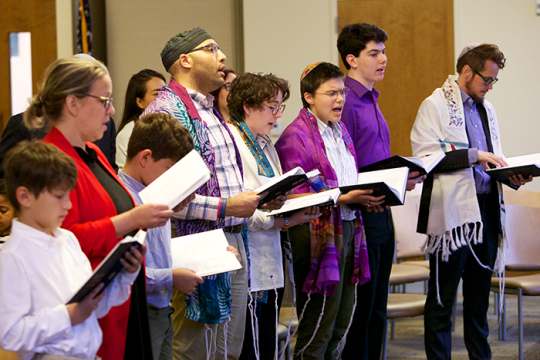
Collaboration and Connection Power Small Congregations
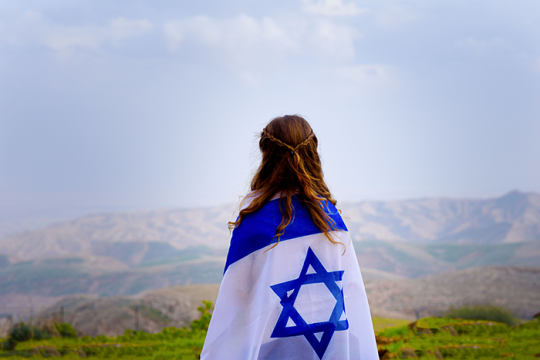
I’m a Rabbi. Here is Why my Faith Tells Me the War in Gaza Must End.

